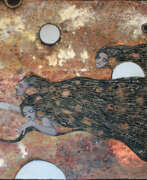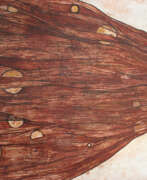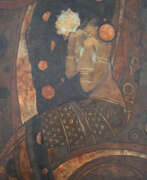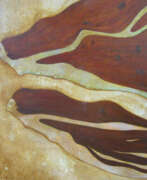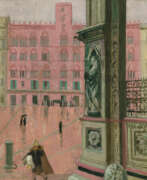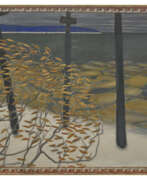Symbolism

Symbolism
Symbolism, an artistic and literary movement originating in the late 19th century, revolutionized the way we perceive art and culture. It emerged primarily in France, characterized by its use of symbolic imagery and themes to express philosophical ideas and emotions, transcending the traditional realism prevalent in the arts of the time. Symbolists believed in portraying the underlying emotions and ideas behind the physical world, often delving into themes of spirituality, the subconscious, and dreams.
This movement was not confined to painting alone but influenced various forms of art including sculpture, literature, and music. Symbolist artists often sought to express the inexpressible, such as feelings and thoughts, through suggestive images and symbols rather than direct representation. Renowned paintings like "The Scream" by Edvard Munch and "The Swan" by Hilma af Klint, displayed in prominent museums worldwide, are prime examples of Symbolism’s profound impact on the art world.
Symbolism served as a bridge from Romanticism to Modernism, influencing later movements such as Surrealism. Its emphasis on personal and subjective responses to reality makes it a foundational movement in contemporary art and culture.
For enthusiasts, collectors, and experts in art and antiques, understanding Symbolism offers deep insights into the evolution of modern art. To stay informed about new discoveries, sales, and auction events related to Symbolism, consider signing up for our updates. This subscription is an excellent resource for anyone interested in the ongoing legacy of this influential movement.
| Country: | Belgium, France, Germany, Russia |
|---|---|
| Start of the period: | 1870 |

